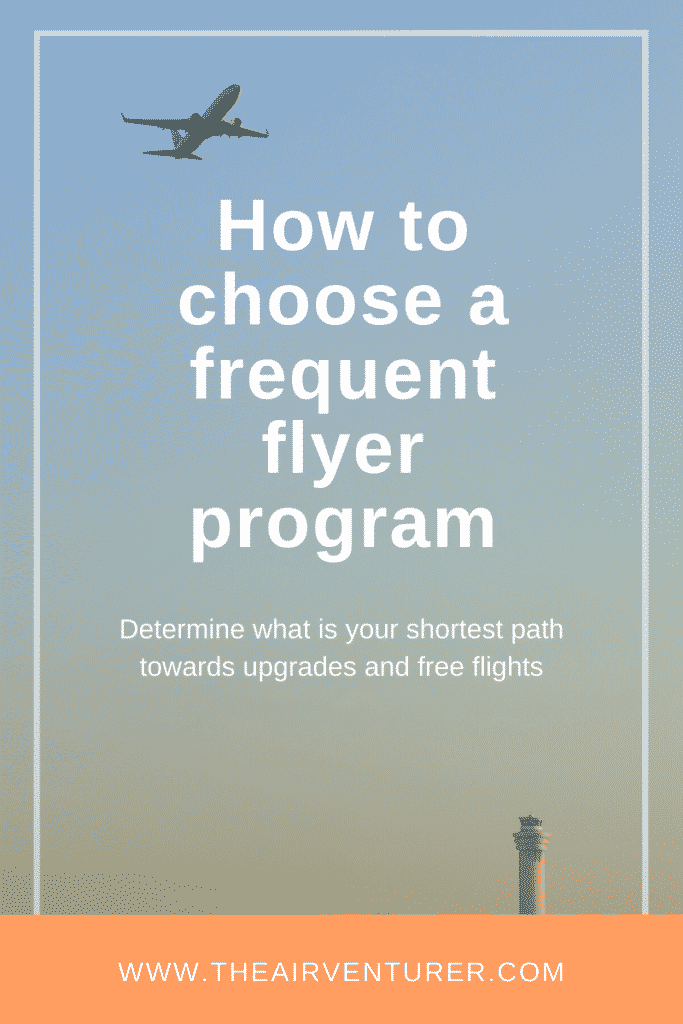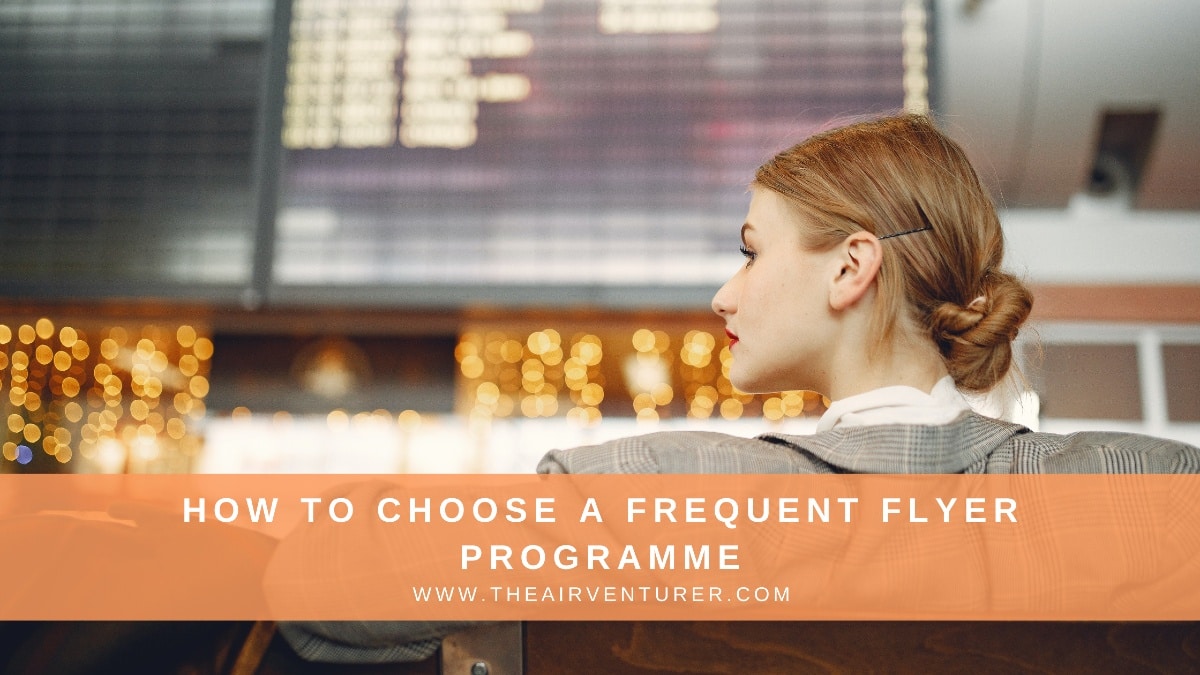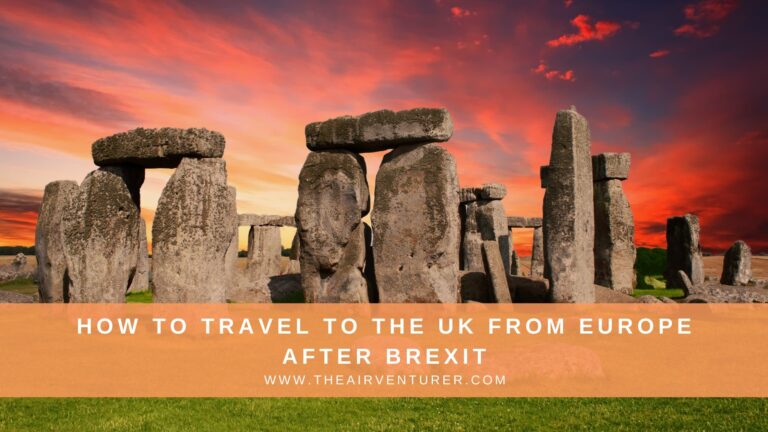Determine what is your shortest path towards upgrades and free flights
By learning how to choose a frequent flyer programme that is best suited to your lifestyle, you can get to the status or benefits you crave quicker.
Airlines are always changing and adapting their frequent flyer programmes with the main objective of giving us more free flights and perks. I wish 😆
In reality a frequent flyer program is generally a complex system of rules which determine how customers can earn and redeem points awarded by an airline for using their services.

Their objective is to transform a first or second time purchase into a loyal customer and ultimately a fan of a brand.
Think of it as of a real life relationship. The more you dedicate and nurture that relationship, the more you get in return.
If you have more relationships, you need to dedicate even more or some of them may die off completely… you get the picture.
How do you choose a frequent flyer programme? That is a personal journey and I am more than happy to help you find the answer.
Below are 5 questions you need to ask yourself before you create your personal flying strategy.
- How often do you fly?
This is the start of your journey and it is important to keep it simple. Don’t think in terms of miles, sectors or legs and if you don’t know what these terms mean that’s even better.
Are you flying regularly for any reason? To see someone dear, to get to work, maybe you love city breaks?
Try to come up with an approximate number of flights you take every year. One flight is one takeoff and landing, therefore a return trip equals two flights.
It doesn’t matter if that number is 4 or 60, what matters is that you determine what program works best for your personal situation.
Understanding this is important because If you don’t fly often then you must focus on a program that offers the best opportunities to earn miles without flying.
What does often mean? Keep reading and I’ll explain.
- Where do you fly? Where do you want to fly?
Once you know how many times per year you fly, now think of where you fly. For example, do you have a loved one working or living in another city or country?
Do you live abroad and go back to your family every month? Or do you only fly a few times per year on vacations? Maybe you’re planning to move or simply want to earn enough miles to visit a specific destination.

The answers here are important because they will help you narrow down the options of frequent flyer programmes based on the airlines serving your target destinations.
Airlines can present opportunities not just directly but also through alliances and partnerships.
Let’s take my friend John for example. He is British, born in London but just moved to Madrid for a job together with Annie, his wife. She is an American citizen and her family is in Chicago.
John will travel quite often for work, around 3 trips per month (6 flights). His wife works from home and she is not a member of a frequent flyer program.
Their target is to fly to London and Chicago as often as possible to see family and friends.
Here is why knowing your objective is important. John does his research and finds that the Spanish airline Iberia is a member of the Oneworld alliance. Besides Iberia, Chicago is served by American Airlines and British Airways both members of the same alliance (who also fly to London).
So they could hop over from London or directly, depending on what offers they find. Plenty of options to use miles to reach that destination. They both join the Iberia Plus program and the British Airways Executive Club.
- Who pays for your trips?
Are most of your trips business related and paid by your employer? Or go through a personal business?
Are they sponsored by an organization you deliver services to? Or do you pay for most of your flights with your own money?
If you have flights that you’re going to take anyway for business then you might want to focus your research on the airline and alliance that best serves your business interests.
However, if you’re the one paying from your own pocket all the time then it’s going to be more difficult and more expensive. You should look into what’s best for you every single time you book a trip.
- Where do you fly from?
Which airports are within normal driving distance (1-2 hours) from your home? If you live near a big city, chances are you’ll have more than one.
Get a list of the airlines flying from these airports. You can normally find one on their website.
Start thinking which has the best routes for you? Which alliance are they part of? Don’t just assume your home carrier will be your best choice.
This can influence your strategy in many ways therefore it’s important to include in your personal research.
For example let’s take my friends Marta and Michael. Both of them live in the small German town of Germering just outside of Munich.
Marta is a business traveler sometimes flying to other continents for meetings and trade shows. Michael doesn’t fly much, only small European trips and looks for the cheapest flights.
In Marta’s case Munich Airport is the obvious choice, giving her access to Lufthansa and Star Alliance.
For Michael though many times it’s a better deal to drive West of his home to a small airport in Memmingen where low cost carriers operate. It’s a 20 minutes longer drive but pays off very often.
- What is your personal achievable goal?
Now you know what a frequent flyer program is, you know how many flights per year you take and you’ve thought of your routes and funding.
The last step is the most important one. You determine your personal achievable goal.
Using all the knowledge you’ve gained so far you will evaluate existing loyalty programs and choose the one that serves you best.
In most cases you can only earn status miles when you fly but you can earn award miles in many other ways and use them to book flights or other experiences.
Here is what to consider when you set your personal achievable goal.
Status miles bring a number of benefits that make travel a more pleasant experience, particularly for frequent travelers who spend much of their time in transit but must remain productive.
Some of the perks of having status with an airline are:
- The ability to choose your seat for free at the time of booking;
- Priority rebooking in case of flight cancelations;
- Priority check-in areas;
- Extra baggage allowance;
- Fast-track security lines;
- Access to lounges;
- Priority boarding;
- Upgrades

How much do you really have to fly to achieve status with an airline? Let’s go through some real examples that will help you evaluate your personal situation.
With British Airways for instance when you enroll in the Executive Club you automatically get Blue status. Don’t get very excited though, it doesn’t mean much. You start to collect Avios (which are their award miles) and Tier points (counting for status).
You will also collect Tier points on oneworld alliance flights. The amount you earn depends on which airline you’re flying with, where and which cabin you’re in but also on the fare you pay.
For example a flight with British Airways from London Heathrow to Madrid in Economy restricted (the cheapest fare) will earn you 5 Tier points. The same flight in Business would earn you 40 points. To reach Silver status you need 600 tier points.
You can figure out how many tier points you’ll get by using their flight calculator.
The Virgin Atlantic Flying Club has three membership tiers: Red, Silver and Gold. When you join you’re automatically enrolled in the Red tier. This tier is also just a starting point and basically doesn’t bring you anything special.
For example any Economy Light (the cheapest) flight with Virgin Atlantic will earn you 25 Tier points and any Upper Class flight can earn you either 100 or 200 Tier points depending on the fare you book.
To reach Silver Status with Virgin Atlantic you need 400 Tier points and for Gold you need 1000 Tier points. You can find more details on their Tier points page.
In the United States, frequent flyer programmes can seem a bit more complicated at first but they actually present some good opportunities to improve your travel experience.
On Delta, which is a SkyTeam member airline and partner of Virgin Atlantic, the program is called SkyMiles and its members earn towards four Medallion Status levels: Silver, Gold, Platinum and Diamond.
Medallion Status levels on Delta can be achieved either by flying when you earn Medallion Qualification Miles (MQMs) or Medallion Qualification Segments (MQSs), or by spending with Delta and their partners and earning Medallion Qualification Dollars (MQDs) or the MQD Waiver.
Benefits start to get interesting after you reach Gold status for which you need 50,000 MQMs or 60 MQs and $6,000 MQDs or MQD waiver. More details are available on their membership page.
American Airlines, which is a Oneworld member airline, has the AAdvantage program also with four levels of status: Gold, Platinum, Platinum Pro and Executive Platinum.
You progress through Status levels by earning Elite Qualifying Dollars (EQDs) plus Elite Qualifying Miles (EQMs) or Elite Qualifying Segments (EQSs). Only focus on status if you know you will reach at least Platinum and you’ll fly enough to enjoy it. To do that you’ll need 50,000 EQMs, 60 EQSs, $6,000 EQDs.
You can also earn up to 10,000 EQMs with qualifying credit card purchases. More details on their website.
Important note: Due to the Covid-19 pandemic airlines have changed their Frequent Flyer Programmes and offer more relaxed conditions towards achieving status and also extended the validity of current status levels. Check with your carrier.
If you don’t see a path to status after your research then your target should be getting free or cheap flights by maximizing your award miles earning opportunities. Make sure to check my article on how to earn miles without even flying.
For example If you just realized you’re flying enough to get Silver Status on British Airways and enough after that to enjoy it then focus your energy (and money there). However, if you don’t then there’s no point being loyal.
Be on the lookout for the best offers and consider shopping around for discounts and Sales. It may be cheaper and may make more sense to save any award miles for a better moment.
I know it may seem a little bit daunting in the beginning but take it one step at a time. The worst thing you can do is fly without joining any program.
Hope you found this information useful, let me know if you have any questions.
What to read next:
- How to collect miles without flying
- Best resources to prepare you for Global travel during Covid-19
- Reflecting on my last pre-pandemic business trip
Are you currently a member of a frequent flyer programme? Comment below and let me know how you chose it.
Do please share this post if you found it useful and remember to always seek personal growth by exploring the World responsibly.








